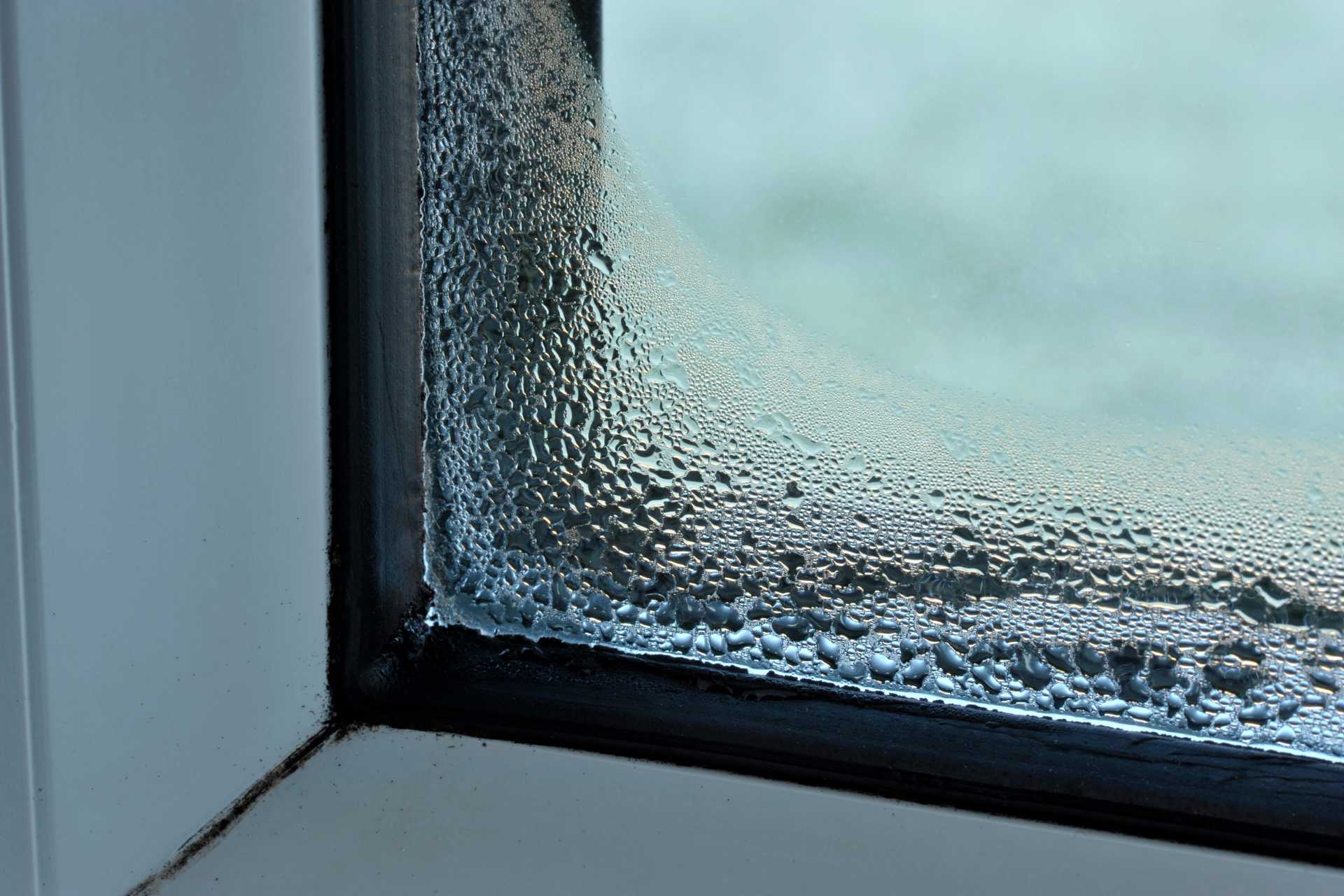Water Intrusion Prevention Starts With High-Performance Exterior Systems
Water is a relentless force of nature, and when it finds its way into your home, it can become a silent destroyer, causing everything from cosmetic issues to catastrophic structural failure. Protecting your investment starts with viewing your home’s exterior not as separate parts, but as a unified defence system where windows, doors, and roofing work in harmony. When planning for a window replacement or consulting with a roofing company, the primary goal is to enhance this integrated shield. Understanding how these high-performance systems collaborate is the first step toward effective prevention. This guide will explore how quality materials, professional installation, and proactive maintenance create a watertight building envelope, helping you recognize weak spots and take action to prevent costly repairs, protect your property value, and keep your home a safe, comfortable sanctuary.
The Silent Threat of Water Intrusion
Water intrusion is any water that penetrates your home’s protective exterior. It can happen dramatically through a storm-damaged roof. Or, it can sneak in subtly through a tiny crack in a window seal. The sources are numerous. They range from clogged gutters causing overflow to improperly sealed openings around pipes. Once inside, water begins its damaging work immediately, often out of sight. It can saturate insulation and seep into the wood framing. It may also pool behind walls. This creates the perfect environment for mould and mildew to thrive within just 24 to 48 hours. This can lead to significant health risks for your family, especially for those with allergies or respiratory conditions.
The consequences of unchecked water intrusion are severe and expensive. Chronic moisture can cause wood to rot. This compromises the structural integrity of your walls, floors, and even your foundation. It can lead to peeling paint, stained ceilings, and warped flooring. This diminishes your home’s aesthetic appeal and value. Repairing this damage often involves more than just fixing the initial leak. It can require extensive remediation to remove mould and replace compromised structural elements. The cost of these repairs far exceeds the investment in preventative measures. This makes a proactive approach the most financially sound strategy for any homeowner.
Your First Line of Defence: The Roofing System
Your roof is the most critical barrier against precipitation. It is designed to shed massive volumes of water and snow away from the structure. A high-performance roofing system is more than just the shingles you see from the street. It’s a multi-layered assembly where every part plays a vital role. The shingles or metal panels provide the primary water-resistant surface. Beneath them, an underlayment acts as a secondary water barrier. It protects the roof deck if the top layer is breached. Flashing consists of thin metal pieces installed around chimneys, vents, and valleys. It is crucial for sealing the seams where water is most likely to penetrate. Finally, a well-designed gutter system collects runoff and directs it safely away from your home’s foundation.
To ensure your roof performs optimally, choosing the right materials and professional installation is paramount. Materials should be selected to withstand local weather conditions. This includes everything from heavy rainfall to the freeze-thaw cycles that cause ice dams. When you hire a reputable roofing company, you are investing in expertise. They guarantee every layer is installed correctly, from the underlayment to the final shingle. Regular maintenance is also non-negotiable. This includes keeping gutters free of debris to prevent overflow. You should also visually inspect the roof for damaged shingles and address minor issues before they escalate.
Windows and Doors: The Critical Seals
While your roof covers the top, your windows and doors are the most significant openings in your home’s vertical surfaces, making them potential weak points for water intrusion. High-performance windows and doors are engineered not just for aesthetics and energy efficiency, but for superior weather resistance. They feature durable frame materials like vinyl or fibreglass that won’t rot or warp when exposed to moisture. Advanced weatherstripping creates a tight seal around sashes and frames, blocking out wind-driven rain. Proper installation is the key that unlocks this performance, requiring meticulous flashing and sealing to integrate the unit seamlessly into the wall system and prevent water from seeping in around the frame.
Recognizing the warning signs of failing windows can save you from significant damage. If you notice drafts, condensation between the glass panes, or visible water stains on the sill or surrounding wall, it’s a clear indication that your house might need new windows. Leaks around windows are not only a water issue but also an energy one, as they allow costly conditioned air to escape. It’s also important to remember that proper insulation can also help prevent window leaks. When the wall cavity around the window frame is well-insulated, it helps manage condensation that can form when warm, moist indoor air meets a cold window surface, reducing the risk of moisture damage to the surrounding wall structure.
The Power of Professional Installation and Regular Maintenance
Even the highest quality exterior products will fail if they are not installed correctly. Professional installation is a critical investment that ensures every component of your home’s exterior functions as intended. Certified installers understand the complex science of water management and follow manufacturer specifications and building codes to the letter. They use the correct techniques for flashing, sealing, and integrating different materials to create a continuous barrier against moisture. For major exterior projects like a full roof replacement or the installation of new windows, entrusting the work to qualified professionals is the single most important step you can take to prevent future water intrusion and protect your investment.
Alongside professional installation, proactive maintenance by the homeowner is essential. You can play an active role in protecting your home by conducting regular visual inspections of your exterior. At least twice a year, in the spring and autumn, walk around your property and check the sealant around your windows and doors, looking for any cracks or gaps that need to be filled. Clear your gutters of leaves and other debris to ensure they can function correctly during a downpour. From the ground, look for any cracked, curling, or missing shingles on your roof. Catching these small issues early and addressing them promptly is key to stopping a minor problem from turning into a major disaster.
A Unified System for a Dry Home
It is crucial to shift your perspective and see your home’s exterior as a single, integrated system rather than a collection of individual parts. Your roof, windows, doors, and siding must all work together in a coordinated effort to manage and repel water. A weakness in one area can compromise the entire system, allowing water to get in and cause widespread damage. When you invest in high-performance materials and professional installation for one component, you are strengthening the entire shield that protects your home, your belongings, and your family.
This holistic approach to water intrusion prevention is a long-term investment in your property’s health and value. A dry, well-protected home is more energy-efficient, requires fewer costly repairs, and provides a healthier living environment. By prioritizing quality exterior systems and committing to regular maintenance, you are not just fixing a problem—you are preventing one from ever starting. See your home’s exterior for what it is: a unified system designed for your protection and peace of mind.











